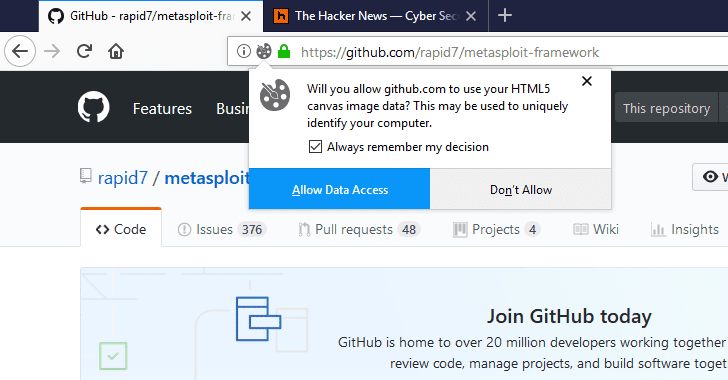this post was submitted on 07 Feb 2024
59 points (98.4% liked)
Firefox
17574 readers
73 users here now
A place to discuss the news and latest developments on the open-source browser Firefox
founded 4 years ago
MODERATORS
you are viewing a single comment's thread
view the rest of the comments
view the rest of the comments

https://coveryourtracks.eff.org/learn https://fingerprint.com/
RFP = I'm assuming he's referring to the about:config setting in Firefox called privacy.resistFingerprinting. This blocks fingerprinting or at least does its best.
OPP = Assuming he's referring to the other about:config setting privacy.resistFingerprinting.autoDeclineNoUserInput... It should work in coordination with the previous setting, overriding the previous restriction if you allow it.
Websites want to keep track of you without relying on cookies so they create an image with text in a canvas element, take the hash value of that and assign that as your unique id that will follow you every where you go on the internet.
Thanks for explainaing!
Why bother creating an image though? Cant they just generate a random hash or id?
I think the point is to get a consistent unique ID that follows you around. Whatever combination of text and images they are hashing will supposedly be unique to you, based on your hardware and software configuration.
the more you know, thanks.